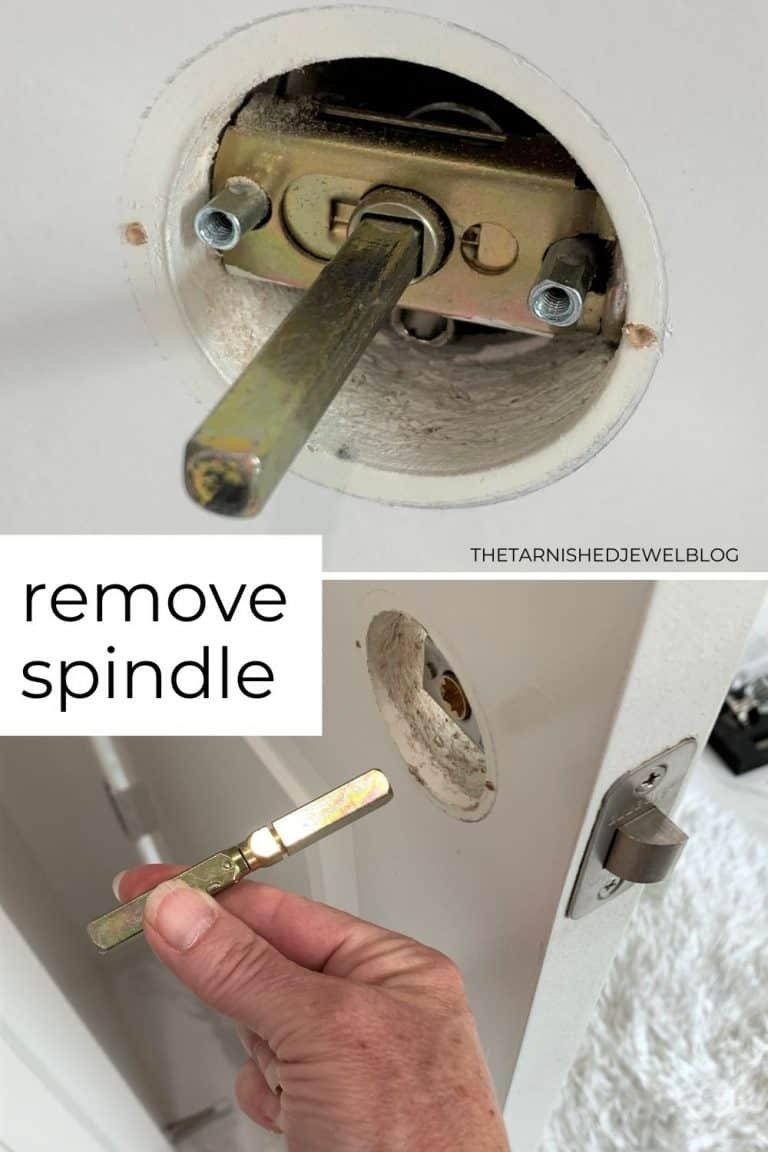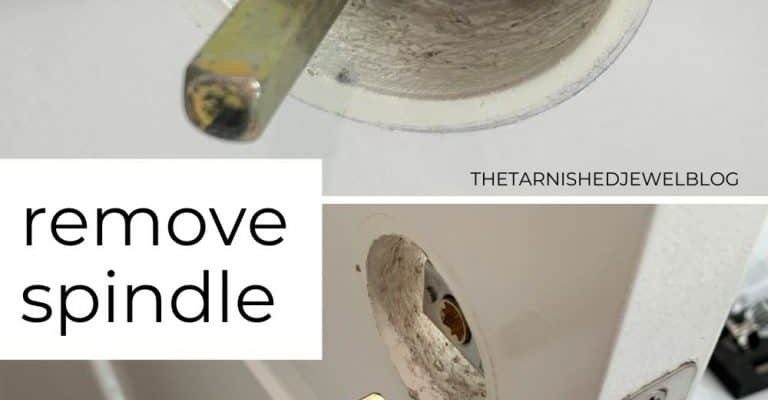
You might be dealing with a variety of door knob types, but many use a similar spindle adapter mechanism—most notably brands like Schlage or Kwikset. So, whether you’re facing a fancy antique knob or a modern design, this guide will help you replace that broken spindle adapter efficiently. Let’s get into the nitty-gritty of how to tackle this repair.
Identifying the Problem
Before we dive into the replacement process, you need to identify that the spindle adapter really is the culprit. *How do you know if it’s broken?* Well, first, check if the knob turns smoothly. If it feels loose or doesn’t engage the latch properly, the spindle might be worn down or completely broken.
Another sign is if the knob can be removed from the door without unscrewing anything. This usually means the spindle adapter has disconnected. Take a moment to inspect the knob. If it feels wobbly or if you hear a rattling sound when you turn it, it’s definitely time for a fix.
Also, don’t forget to check the locking mechanism itself. Sometimes a malfunction in the lock can mimic spindle issues. If you’re unsure, try operating the lock while turning the knob. If the lock doesn’t function correctly, you may need to address that first.
Gathering Your Tools
Once you’ve confirmed that the spindle adapter is indeed broken, it’s time to gather your tools. Don’t worry—the list isn’t very long. Here’s what you’ll need:
- Flathead screwdriver
- Phillips head screwdriver
- Replacement spindle adapter (make sure it fits your door knob brand)
- Pliers (optional, for stubborn screws)
Having the right tools at hand simplifies the process. You might be thinking, “Do I really need all these?” Well, trust me, using the right screwdriver for the job will save you time and frustration. Using a flathead where a Phillips is needed will only lead to stripped screws and a sore back!
Removing the Door Knob
Now that you have your tools ready, let’s get to the fun part—removing the door knob. Start by locating the screws that hold the knob in place. Most knobs have visible screws on the interior side, but if they’re hidden, look for a small hole or slot.
1. Use your screwdriver to remove the screws.
2. Once they’re out, gently pull the knob off the door. If it’s stuck, wiggle it a bit.
3. *Be cautious!* There may be springs or other components that could fall out, so keep an eye on those as you work.
At this point, you’ll see the spindle adapter and the lock mechanism. If the adapter is broken, it might be lodged in the lock. You’ll need to pull that out gently using your pliers if necessary.
Replacing the Spindle Adapter
Now for the exciting part—installing your new spindle adapter! This might feel a bit tricky at first, but take it slow.
1. Align the new spindle adapter with the locking mechanism. It should fit snugly into the opening where the old one was.
2. Next, slide the knob back onto the spindle. If there’s a set screw, make sure to tighten it to hold the knob in place.
3. Give the knob a test turn. It should move freely and engage the lock without any issues.
This moment is like putting the last piece of a puzzle in place. If everything fits snugly, you’re doing great!
Reassembling the Door Knob
Once you’re confident that the spindle adapter is in place, it’s time to reassemble the door knob completely.
1. Reinsert the screws you removed earlier and tighten them securely.
2. Don’t over-tighten, though; you could strip the screws—ouch!
3. Test the knob again. Make sure it turns smoothly and that the lock engages properly.
You might be wondering why I emphasize testing so much. Well, it’s like checking your work after painting a wall: you want to ensure everything looks and functions as it should.
Final Troubleshooting Tips
If your new spindle adapter isn’t solving the problem, there might be a few other issues at play.
– Loose hardware: Check if any screws are still loose. Sometimes, even if you feel confident, a tiny adjustment can make a difference.
– Misalignment: The knob may not be aligned with the latch or strike plate. Adjust the position as needed.
– Worn internals: If the lock or the knob itself is damaged beyond the spindle adapter, you might need to consider replacing the entire knob set.
Take a moment to troubleshoot. Sometimes, the simplest solution is what we overlook. Having a little patience goes a long way here.
Replacing a broken spindle adapter on an interior door knob isn’t just about fixing a pesky problem—it’s about empowering yourself to tackle home repairs. With just a few tools, you’ve successfully replaced that spindle adapter, ensuring your door knob works like new again.
With a clear process and some handy tips, you can handle this task with ease. Whether you’re a DIY enthusiast or just a homeowner looking to save a few bucks, tackling small repairs is a great way to boost your confidence. So next time you face a door knob issue, you’ll know just what to do. Remember, every little repair adds up, making your space feel even more like home.
